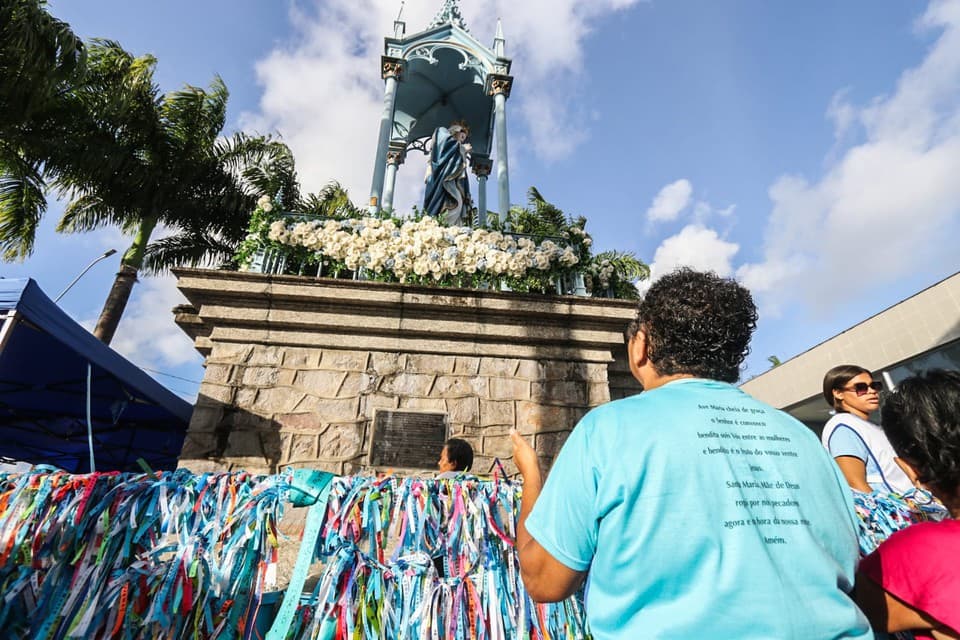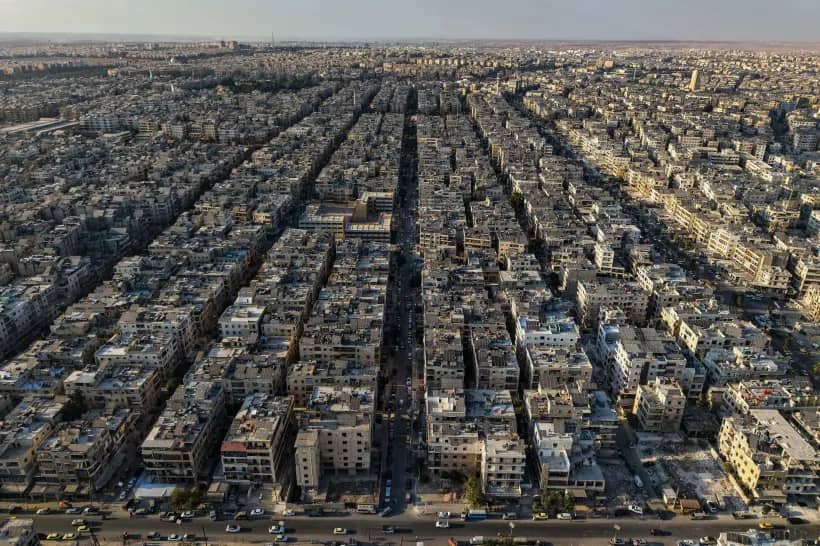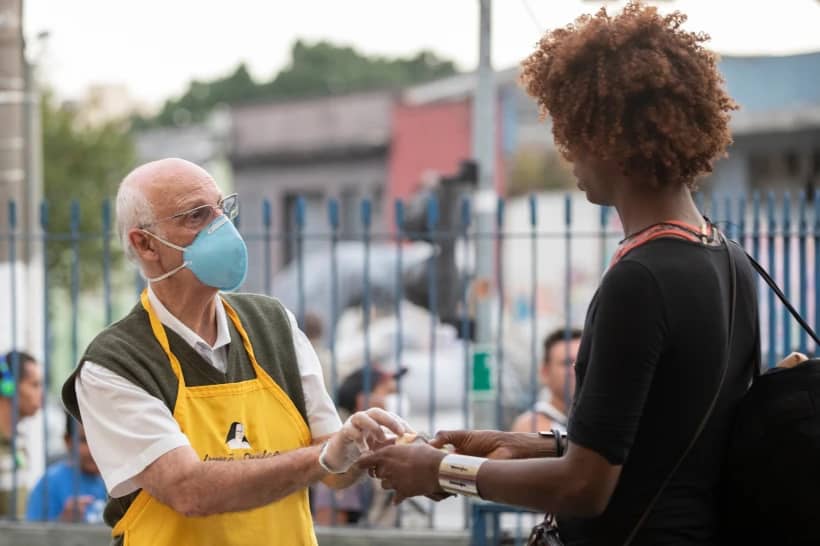SÃO PAULO – A week after the roof of a sanctuary collapsed in Recife in northeastern Brazil, killing two people and injuring 29, local authorities are still investigating the causes of the accident, while the local church has announced new protocols for renovation and construction works in the archdiocese.
The incident occurred on Aug. 30 in the Sanctuary of Our Lady of the Immaculate Conception in Morro da Conceição, a poor neighborhood located on a hill in Recife. Around 70 people were gathered inside of the temple in the afternoon, when volunteers were distributing food kits for people in need.
Electrician Marcos Amorim, who was working in the church when the incident happened, told Brazilian newspaper O Estado de S. Paulo that he heard a loud cracking and saw the roof falling down from the back doors to the main entrance. Most people hid beneath the pews and were later rescued by first aid teams.
Chuchgoers Antônio José dos Santos, 54, and Maria da Conceição França Pinto, 68, died from injuries. Pope Francis prayed for them on Sept. 1 during the Angelus. A requiem mass was celebrated in their honor on Sept. 5, the seventh day of their death – according to the Brazilian Catholic tradition – at a sports court in Morro da Conceição, near the sanctuary.
According to Archbishop Paulo Jackson de Sousa of Olinda and Recife, the church is still waiting for the conclusion of the investigation being carried out by the authorities.
“We were told that the analysis will take between 20 and 30 days. The final report will demonstrate the causes of the accident and who was responsible for it,” de Sousa told Crux.
Just a week before the incident, a company had concluded the implantation of photovoltaic panels on the roof. A post on Aug. 12 on the sanctuary’s Instagram account showed workers installing the equipment that would be connected to the solar panels. The church said the measure would reduce the energy costs in the parish.
Agents told the Brazilian press that they could find broken screws amid the rubble, something that further increased the suspicions of analysts that the accident was caused by an overload on the roof caused by the solar panels.
The city government has already removed 5.5 tons of debris from the site, about 40 percent of the total amount of materials. Part of such volume will be sold and the money will be used in the reconstruction of the sanctuary.
Two injured people remain hospitalized, waiting for orthopedic surgeries. Teams of healthcare professionals and psychologists have been helping victims and families to cope with the trauma.
Many, however, are still shocked by the incident.
“One of my cousins texted me saying that our aunt had suffered an accident in the church. I didn’t understand it. I texted her son and he told me that he had looked for her in two hospitals and was going to the morgue. Then he found her,” said Gerlucia Brzovich, a Brazilian-born nurse who lives in Maryland.
Maria da Conceição França Pinto lived with her and her siblings for a few years during Brzovich’s childhood in Rio de Janeiro. Back in Recife in her teens, she lived only a couple of blocks away from her beloved aunt, who she considered to be a kind of second mother.
“When I came to the United States with my mom, she moved to our house in Recife to live with my siblings,” she told Crux.
Brzovich said that Maria da Conceição used to work as a volunteer in the sanctuary and she was probably helping the church to distribute food kits. Another uncle of hers was also there, but left a couple of minutes before the disaster.
Brzovich is among the people who are waiting for answers regarding the causes of the accident.
According to Jackson de Sousa, it’s impossible now to know who committed the mistakes that led to the tragedy, but he hopes that the incident will change the way the church in Brazil deals with safety in its temples and buildings.
“In our archdiocese, we’ll now have protocols for all construction works in the region. Although they’re autonomous, each parish will have to submit its renovation or building project to the engineering area of the curia,” he explained.
At the same time, the archdiocese has been establishing relations with the state agencies in charge of historic temples in order to promote the adequate maintenance and renovation – something that has been a constant problem in Brazil, with serious consequences at times.
De Sousa explained that the most recent renovation in the sanctuary was carried out by a pool of companies under the supervision of the state government, which will assume again the reconstruction of the roof.
“As a church, we have a great responsibility when dealing with places that welcome large groups of people. We have to improve our protocols all across Brazil,” he said.
















